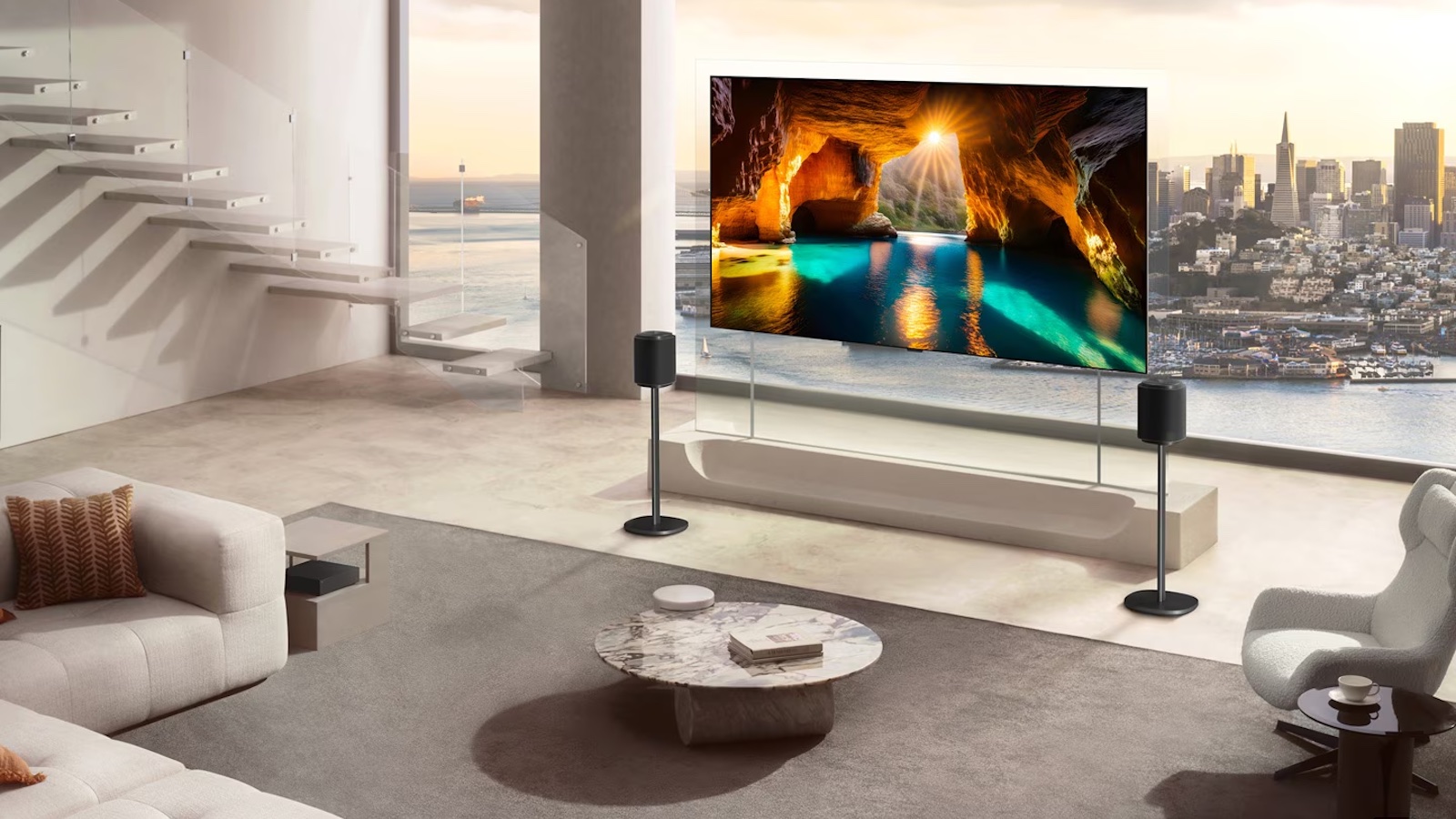Google launches Pixel 10 series: brighter screens, boosted audio, and magnetic charging
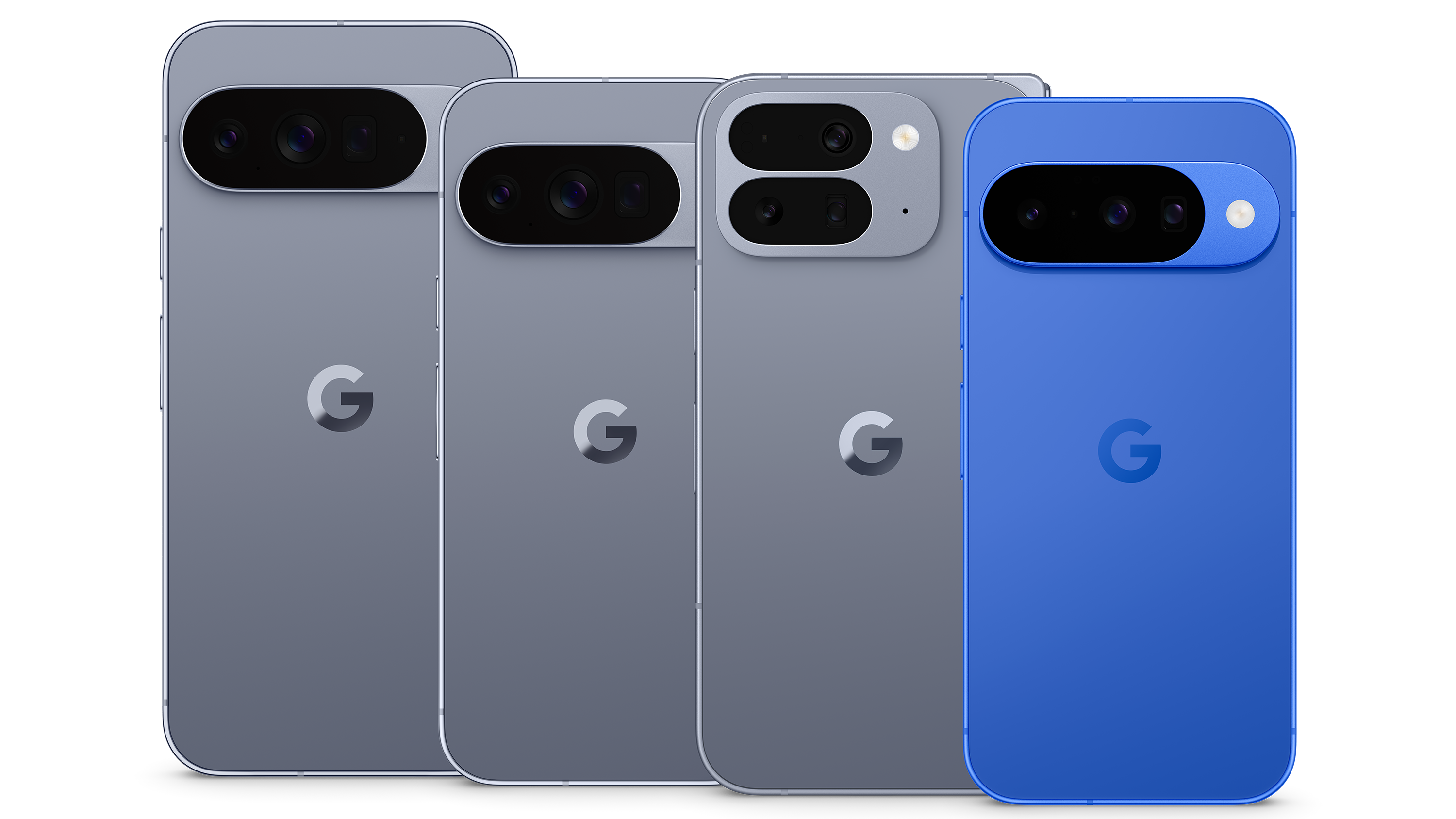
If you’re looking to upgrade your handset with one of the best smartphones, Google has just thrown a new team of contenders into the ring.
The new Pixel 10 series was revealed today at Google’s launch event, with the new line-up consisting of the Pixel 10, Pixel 10 Pro, and Pixel 10 Pro XL. There’s also the contorting Pixel 10 Pro Fold, for those wanting to push the boat out.
Headline features for the Pixel 10 trio include Google’s brightest displays yet, with HDR performance that should, in theory, bestow movies and media with the punch they deserve.
Elsewhere, reworked stereo speakers promise fuller bass and a more immersive sense of space.
All three models share a refined design that keeps the signature camera bar, but updates the finish with spacecraft-grade aluminium and Gorilla Glass Victus 2.
Each handset is also IP68-rated for dust and water resistance, uses recycled materials, and is backed by seven years of OS, security and Pixel Drop updates.
And let’s not forget Pixelsnap, Google’s answer to Apple’s MagSafe – a new magnetic system that makes attaching wireless chargers and accessories easier, while providing secure 15W or 25W wireless charging (depending on the model) in the process.
The latest hi-fi, home cinema and tech news, reviews, buying advice and deals, direct to your inbox.
There’s a lot to cover, so grab a snack, and let’s meet the new range of Google Pixel 10 smartphones. Oh, and don’t forget to check out our story on the new Google Pixel Buds Pro 2 and Buds 2a.
Google Pixel 10
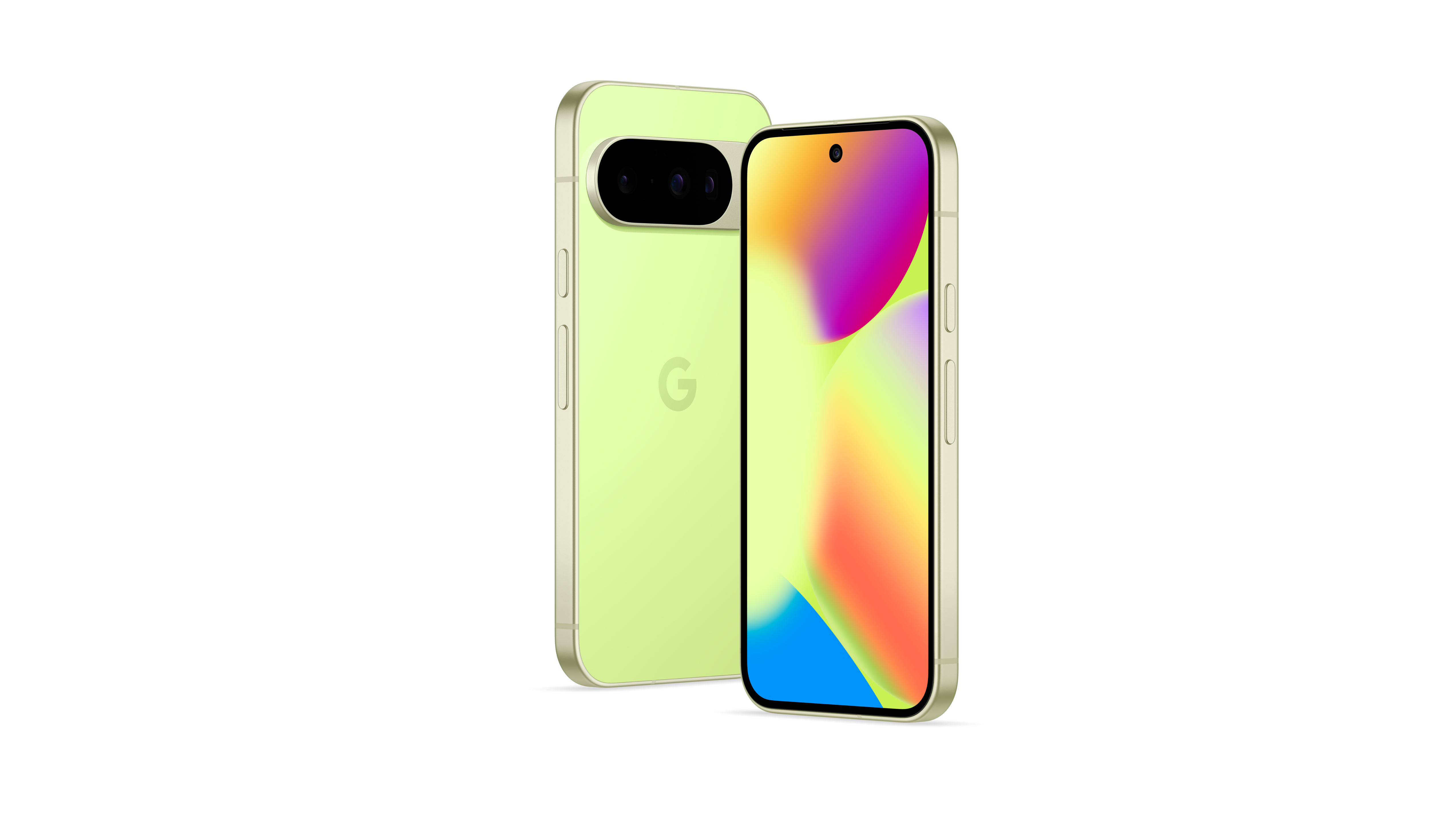
The Pixel 10 is the most ambitious base-tier Pixel yet, thanks to its 6.3-inch Actua OLED display.
Resolution is 1080 × 2424 (422ppi), while peak brightness climbs to 3000 nits, with HDR brightness at 2000 nits.
Combined with a 60–120Hz adaptive refresh rate, this improved panel should, theoretically, result in an even better viewing experience. Naturally, we’re reserving judgement until a review unit graces our hands for in-depth testing.
Audio has been reworked, too. Google highlights stronger bass response and better balance from the stereo speakers, which also support spatial audio for a wider soundstage.
Again, it all sounds promising on paper, so we’re looking forward to seeing if the upgrades deliver in real-world use.
Under the hood, the Pixel 10 has 12GB of RAM, and either 128GB or 256GB of storage, alongside Google’s new Tensor G5 processor and Titan M2 security coprocessor.
Battery capacity is 4970mAh, with a quoted 30-plus hours of use and support for Extreme Battery Saver.
Wired charging reaches 55 per cent in 30 minutes with a 30W PPS USB-C charger, while Pixelsnap wireless charging is supported at up to 15W. Connectivity includes Wi-Fi 6E, Bluetooth and NFC – Wi-Fi 7 is reserved for the Pro models below.
Round the back, the Pixel 10 is sporting a new triple camera array, with a 48MP wide sensor with Macro Focus, a 13MP ultrawide, and a 10.8MP 5x telephoto, allowing up to 20x Super Res Zoom.
Video capture extends to 4K at 60 frames per second with HDR, supported by modes such as cinematic blur, astrophotography timelapse, and slow motion up to 240fps. The front-facing selfie camera is a 10.5MP ultrawide with autofocus.
The Pixel 10 is available in Indigo, Frost, Lemongrass and Obsidian, priced at $799 / £799 / AU$1349 for the 128GB version, and $899 / £899 / AU$1499 for the 256GB model.
Google Pixel 10 Pro
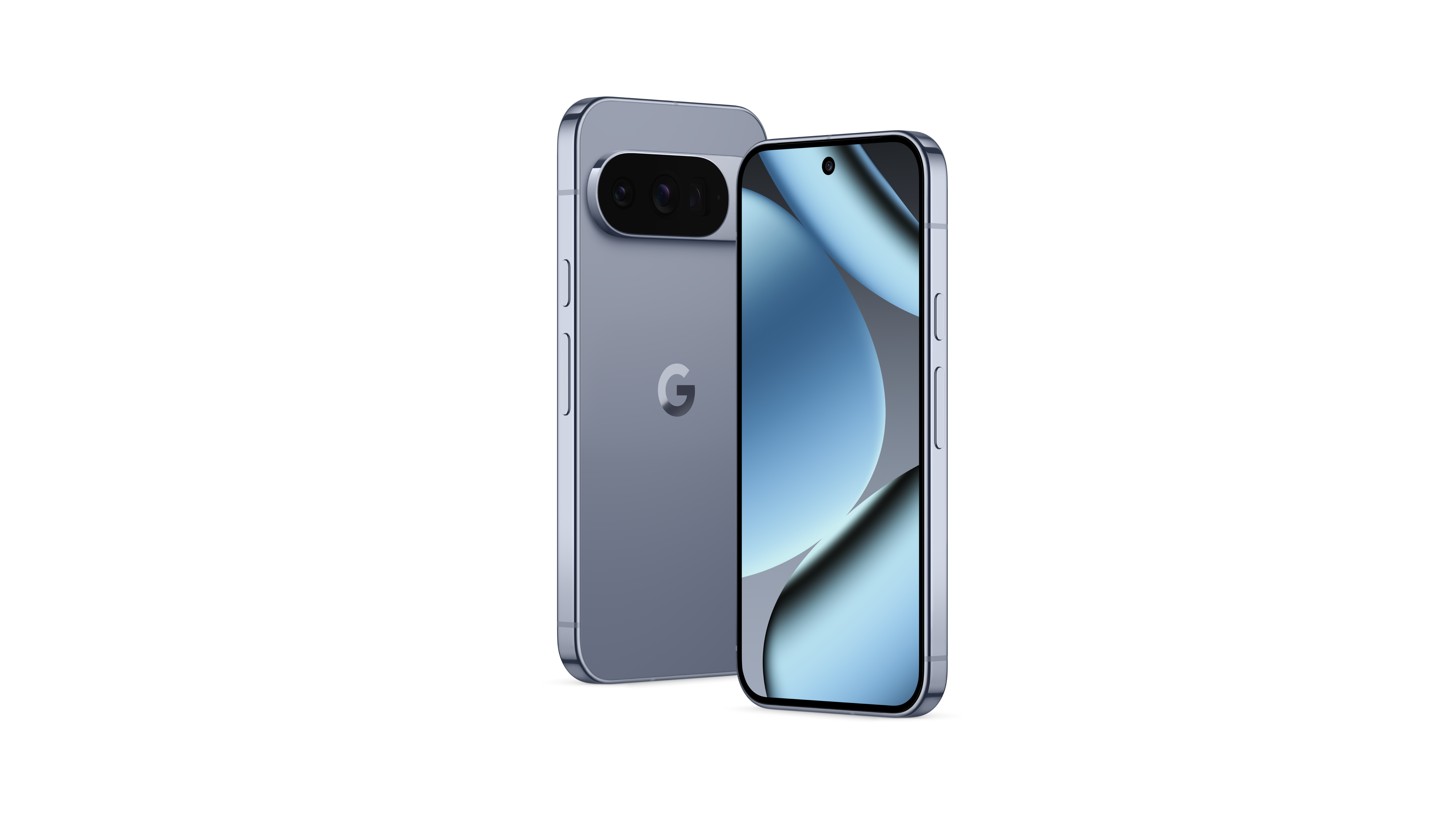
The Pixel 10 Pro builds on the foundations of the base Pixel 10 with a 6.3-inch Super Actua LTPO OLED panel.
This improves on the regular Pixel 10 Pro’s display with a higher 1280 × 2856 (495ppi) resolution. Not only that, but the refresh rates are also variable, spanning from 1Hz to 120Hz for smoother performance and improved efficiency.
The screen’s peak brightness also climbs to 3300 nits with 2200 nits in HDR. In practice, this should result in improved HDR content, with the kind of luminance levels that should make Netflix, Disney+ and YouTube HDR streams sing. Watch this space.
As with the Pixel 10, the 10 Pro’s speakers support spatial audio and three-microphone noise suppression.
This time, the Tensor G5 processor is paired with 16GB of RAM, while storage spans from 128GB up to a whopping 1TB – ideal of those who’ve shunned streaming services for their own files.
The 4870mAh battery maintains the 30-hour-plus life claim, charging to 55 per cent in 30 minutes with a 30W PPS charger. Pixelsnap provides simple alignment for accessories and wireless charging at up to 15W. Connectivity steps up to Wi-Fi 7 as well.
Things are turned up a notch on the photography front too, with a 50MP wide, a 48MP ultrawide with autofocus and Macro Focus, and a 48MP 5x telephoto.
With the Tensor G5’s upgraded image processor, Pro Res Zoom enables magnification up to 100x, rebuilding fine detail at extreme range. We’ve yet to use a phone with 100x zoom to take a photo we’d be proud to share, mind, but let’s see what Google’s software wizardry can accomplish this time round.
Video capture for the Pixel 10 Pro has been bolstered to 8K at 24 or 30fps with Video Boost, as well as Night Sight Video (which uses AI to brighten and clean up low-light footage), and 4K at 60fps. The front camera is upgraded to a 42MP ultrawide with autofocus.
Available in Moonstone, Jade, Porcelain and Obsidian, the Pixel 10 Pro starts at $999 / £999 / AU$1699 for 128GB, moving through $1099 / £1099 / AU$1849 for 256GB, $1219 / £1219 / AU$2049 for 512GB, and $1449 / £1449 / AU$2399 for the 1TB model.
Google Pixel 10 Pro XL
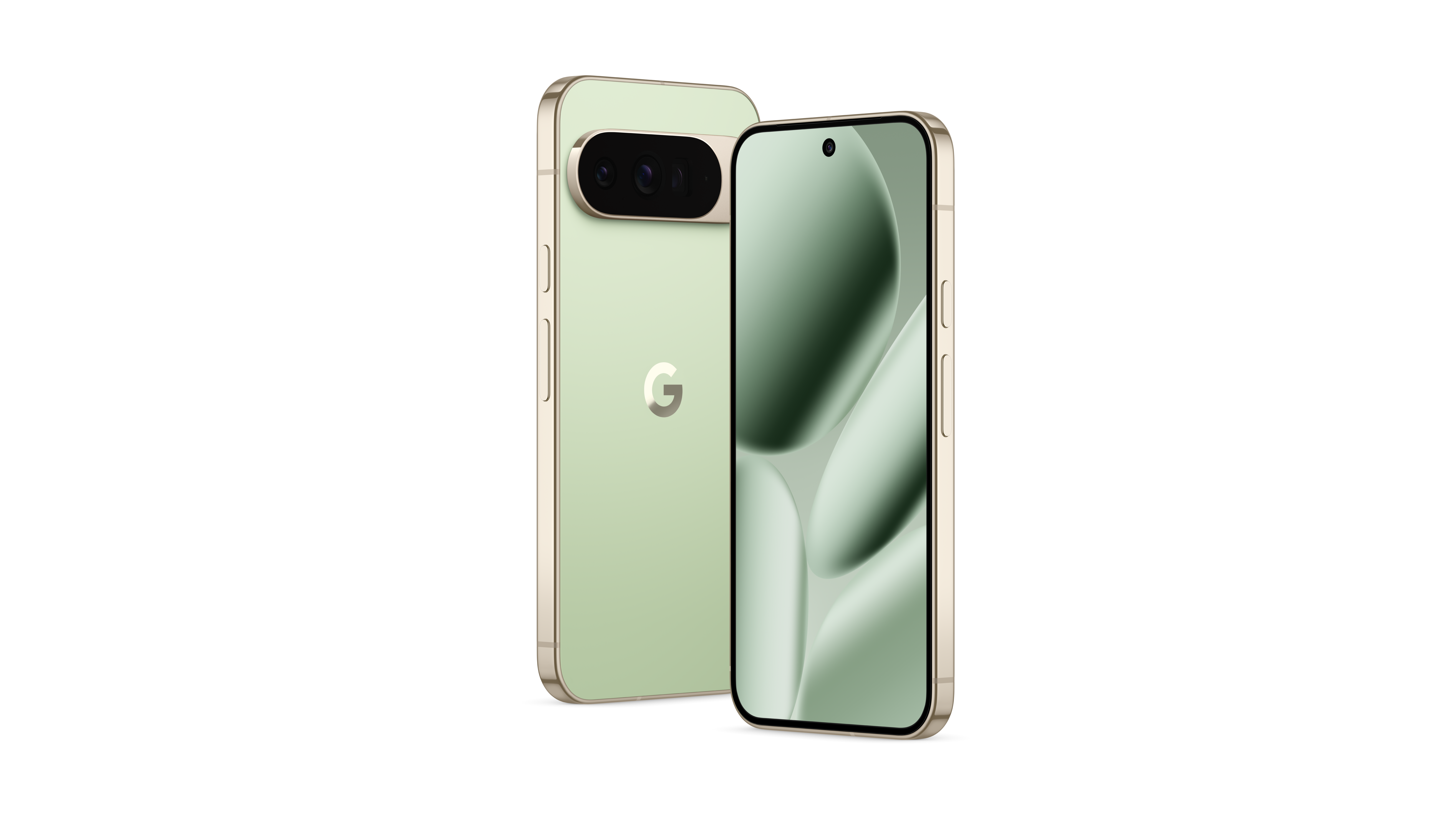
The Pixel 10 Pro XL mirrors the specs of the smaller Pro, but scales up the size and charging speed.
The 6.8-inch Super Actua LTPO OLED panel carries a resolution of 1344 × 2992 (486ppi), with the same HDR and peak brightness ratings of 2200 and 3300 nits.
Battery capacity rises to 5200mAh, and charging speeds improve too – 70 per cent in 30 minutes is possible with a 45W PPS charger. This still isn’t as fast as the 67W+ speeds of many rivals from the likes of Oppo, Xiaomi, and more, but it’s a step in the right direction at long last.
Pixelsnap wireless charging is faster too, with Qi2.2 speeds up to 25W, compared to the 15W maximum on the smaller models.
Audio performance and the triple-camera system are identical to the Pixel 10 Pro, including the 100x Pro Res Zoom and 8K video capture.
Like the Pro, it is available in Moonstone, Jade, Porcelain and Obsidian. Pricing starts at $1199 / £1199 / AU$1999 for the 256GB model, rises to $1319 / £1319 / AU$2199 for 512GB, and tops out at $1549 / £1549 / AU$2549 for the 1TB version.
Google Pixel 10 Pro Fold
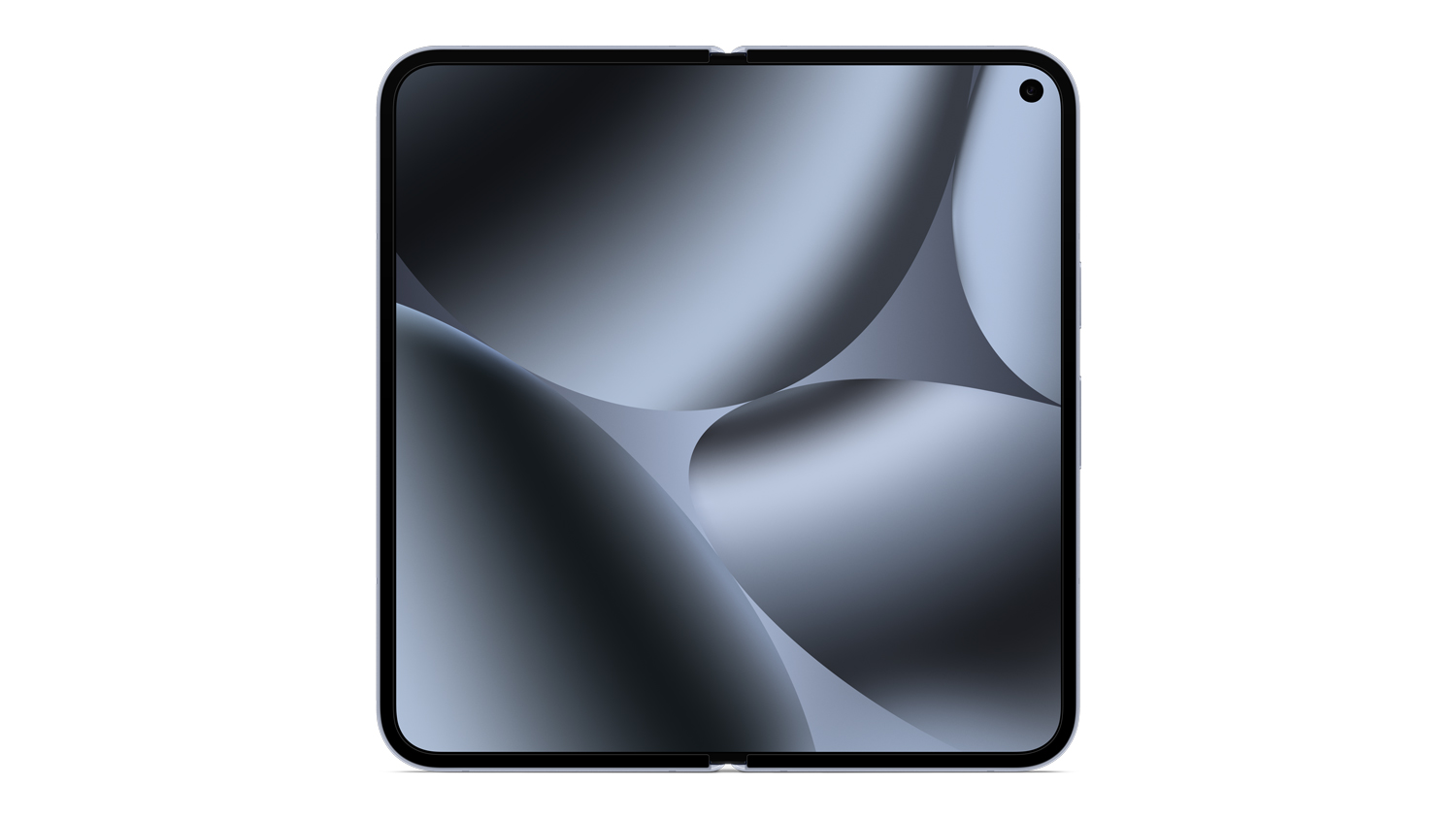
For those looking for a flexible big-screen experience, Google has also refreshed its foldable Pixel 10 Pro Fold handset, described as its most durable yet.
A new gearless hinge is twice as durable as last year’s model and, for the first time on a foldable, there’s an IP68 rating for water and dust resistance.
The chassis uses aerospace-grade aluminium, while the re-engineered Super Actua Flex inner display adds ultra-thin glass and dual anti-impact layers to improve drop resilience.
Screen sizes and brightness are up, too. There’s a 6.4-inch outer display with slimmer bezels, and an expansive 8-inch inner display that Google calls the largest on any foldable. Both displays reach up to 3000 nits peak brightness for better visibility.
The camera system is upgraded to a triple array led by a 48-megapixel main sensor, joined by an ultrawide with Macro Focus and a 5x telephoto capable of up to 20x Super Res Zoom.
Fold-specific shooting tricks include Instant View to check your shot on the big inner screen as you capture it, Dual Screen Preview so that subjects can see themselves, Rear Camera Selfie for higher-quality self-portraits, and a tabletop mode for hands-free astrophotography and timelapses.
Battery life is quoted at over 30 hours, with faster wired charging that reaches 50% in 30 minutes. It’s also the first foldable with Pixelsnap Qi2 charging built-in.
The Pixel 10 Pro Fold comes in Moonstone and Jade hues, is available to pre-order now, and hits shelves on 9 October.
AI and software
Beyond hardware (and absolutely unsurprisingly), there were also plenty of AI announcements at Google’s launch.
The Tensor G5 includes a Tensor Processing Unit (TPU) that is 60 per cent more powerful than before, while the CPUs are on average 34 per cent faster.
This enables Google’s Gemini Nano model to run directly on the device, powering features such as Magic Cue – a context-aware assistant that surfaces the right information at the right time – and real-time Voice Translate during calls.
Gemini Live now includes visual guidance via the camera, and new tools such as Pixel Journal and Writing Tools in Gboard broaden the focus beyond photography.
Whether or not you view all this AI gubbins as extra bloat or genuinely useful is down to personal preference, but there’s certainly no escaping it these days.
Lastly, each handset in the PIxel 10 series runs Android 16 with Google’s new Material 3 Expressive interface, which brings smoother animations, richer personalisation options and a refreshed notification shade.
Google Pixel 10 release date

Pre-orders for the Pixel 10 series are open now, with the phones set to hit shelves on 28 August through the Google Store and retail partners.
Stay tuned for our full review, to see if Google’s latest contestant makes enough of a splash to challenge the likes of the iPhone 16 Pro.
MORE:
Check out our picks for the best Android smartphones
Read our full Samsung Galaxy S25 Ultra review
And our iPhone 16 review

You must confirm your public display name before commenting
Please logout and then login again, you will then be prompted to enter your display name.
